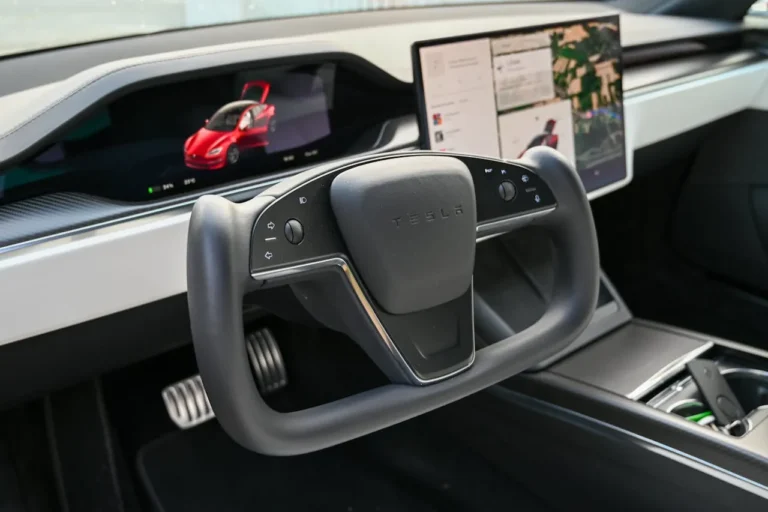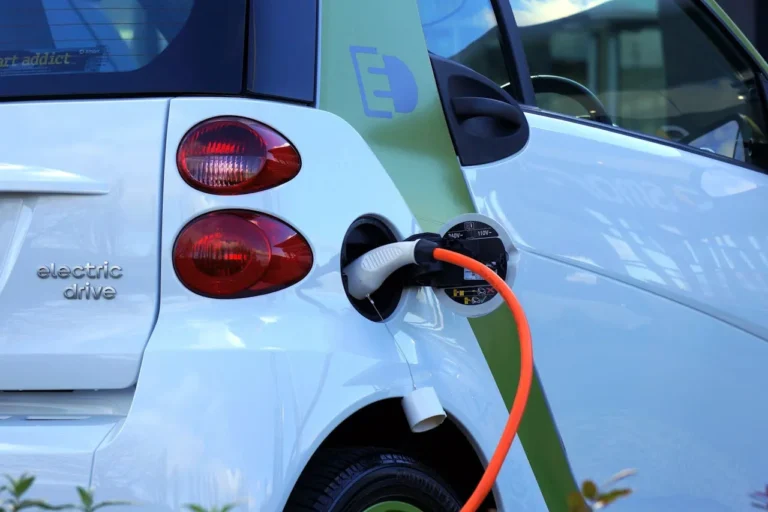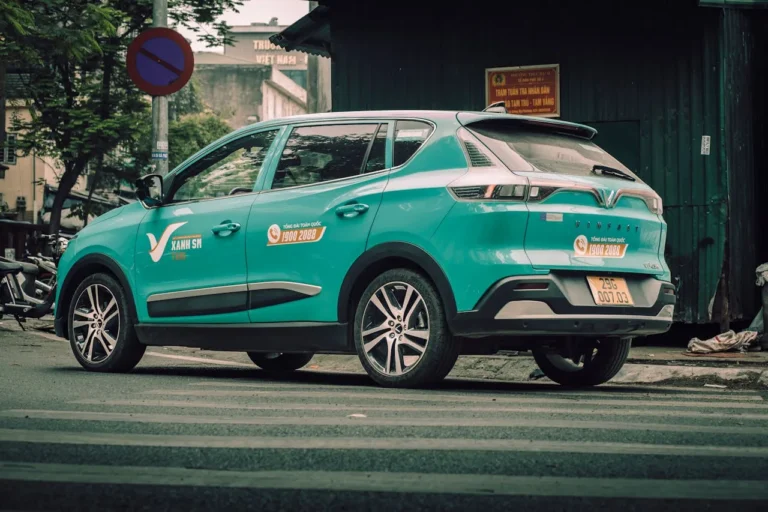
The “2024 Analysis on Xiaomi Auto’s Electrification, Connectivity, Intelligence, and Sharing” report is now available on ResearchAndMarkets.com. Following the release of the SU7 model, Xiaomi delivered 7,058 and 8,630 units in April and May, respectively, surpassing 10,000 units in both June and July. Xiaomi aims to reach 110,000 orders by November, requiring an average monthly delivery of 16,000 units from August to November.
Xiaomi Auto’s debut vehicle has enjoyed success due to several strengths, but there are also notable weaknesses in its development.
Strengths:
- Ample Funding & R&D Investment: Unlike other emerging auto brands that rely on constant fundraising, Xiaomi is a publicly listed company with around RMB100 billion in cash. The company invested RMB10 billion in R&D for its first car, with a particular focus on intelligent driving, where RMB4.7 billion was allocated. By mid-2024, Xiaomi Auto had filed around 1,200 patents, most related to autonomous driving and vehicle design.
- High Brand Awareness & Large Fanbase: Xiaomi’s strong fanbase is a result of successful community marketing. By the end of 2023, its MIUI system had 641 million global monthly active users. Xiaomi’s CEO, Lei Jun, has 24 million Weibo followers, a far greater influence than other new auto brand leaders.
- Integrated People-Car-Home Ecosystem: Xiaomi offers a seamless user experience by integrating its devices through systems like HyperOS, introduced in late 2023. This system connects Xiaomi’s devices, enhancing information sharing and intelligent applications across its ecosystem.
- Effective Marketing & Pre-sale Activities: Xiaomi’s marketing prowess, both online and offline, generated huge engagement during the launches of the Xiaomi Auto and SU7. For example, its December event saw over 350,000 posts and 200 trending topics across social media, outperforming similar corporate events.
- Supply Chain Management: Although new to auto manufacturing, Xiaomi’s strong supply chain and resource integration skills have helped the company build a high-quality production system, ensuring timely deliveries and consistent supply.
Weaknesses:
- Limited Manufacturing Experience: Xiaomi has historically used an asset-light business model, relying on external partners for production. Transitioning from electronics to automobiles has been challenging, as car manufacturing is much more complex.
- Insufficient Expertise in Core Automotive Technology: Xiaomi’s experience in electronics doesn’t fully translate to automotive technologies like battery management, power systems, and autonomous driving, where the company lags behind established players like Huawei, Tesla, and traditional automakers.
- Challenges in the BEV Market: The battery electric vehicle (BEV) market has slowed, while hybrid electric vehicles are gaining traction. Xiaomi plans to launch a hybrid SUV in 2026 but is still in the early stages, trailing competitors like Li Auto and Huawei.
- Vehicle Quality Issues: Xiaomi Auto faces several quality challenges, including inaccurate range estimates, software glitches, and assembly defects. Additionally, after-sales service has struggled to keep up with demand, leading to delays and parts shortages.
Xiaomi Auto’s long-term goal is to become one of the top five global automakers within 15-20 years. Despite its initial success with the SU7, the company still faces several challenges that need to be addressed to achieve this ambition.







